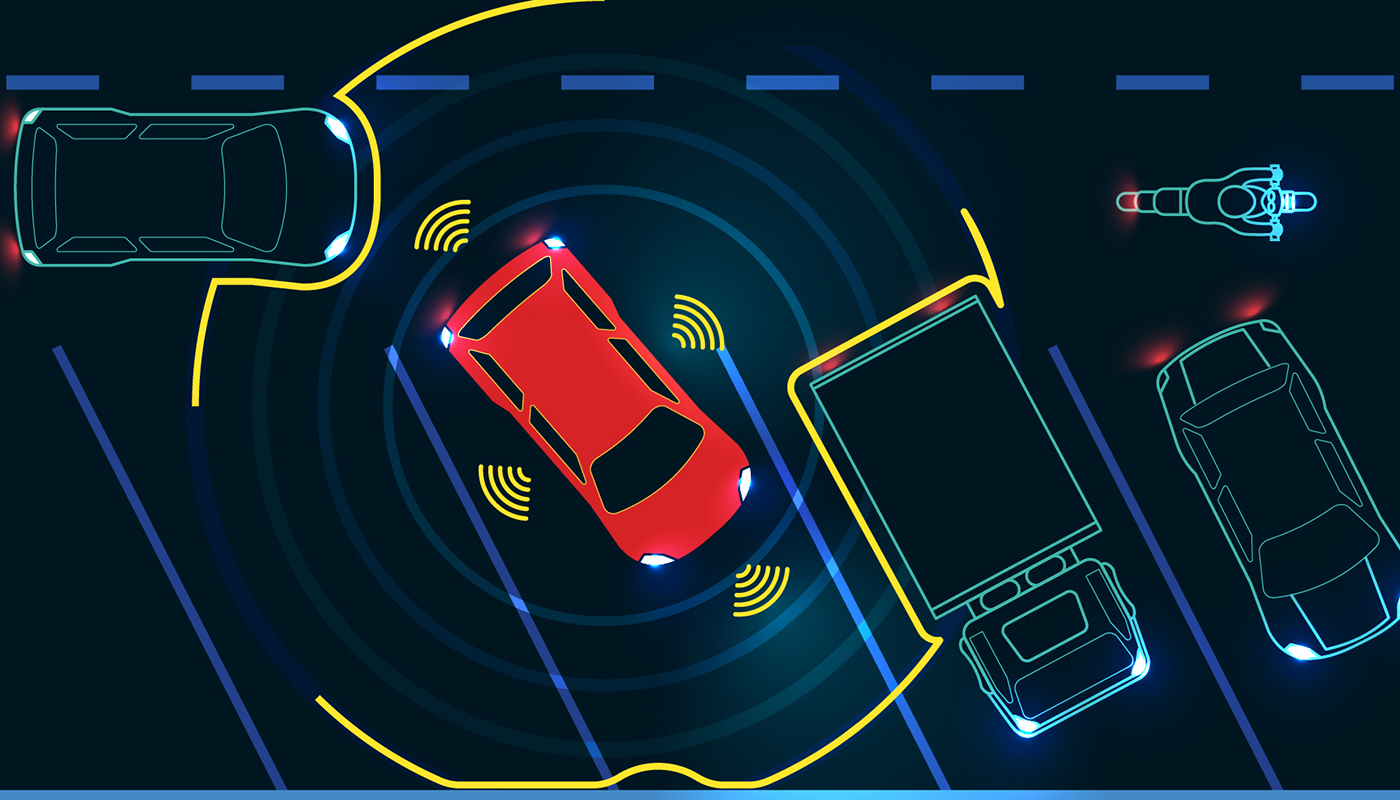How Much Should Drivers Rely on New Car-Safety Technology?
Driver-assistance tech can help decrease vehicle crashes—but drivers still need to be attentive behind the wheel.

Source: iStock
Many of us have been distracted behind the wheel—maybe even to the point of finding ourselves braking hard at the last second to avoid a crash.
Today, driver-assistance technology can help steer us away from danger before we even know it’s upon us. Flashing lights, audible warnings and automatic braking systems alert drivers when they’re too close to other vehicles or pedestrians, or if they start veering into another lane.
Research conducted by the Highway Loss Data Institute and the Insurance Institute for Highway Safety found that lane-departure warning systems, blind spot detection systems and backup cameras can reduce crashes. The numbers tell the story:
- Lane departure warning systems reduce single-vehicle, sideswipe and head-on crashes 11% and injury crashes of the same type 21%.
- Blind spot detection results in a 14% crash reduction.
- Backup cameras decrease crashes 17%.
Driver-assistance technologies found in most cars manufactured since 2014 can help drivers avoid some of these scenarios. Industry data, as of August 2020, shows that 40% of insured vehicles in the U.S. have advanced driver-assistance systems, according to a LexisNexis Risk Solutions report.
Such technology comes with advantages and disadvantages. Benefits include potential savings on auto insurance premiums and the peace of mind that comes with additional safety features. But a recent study from the AAA Foundation for Traffic Safety warns drivers to avoid relying on driver-assistance technology, such as adaptive cruise control (ACC). The study emphasizes that people should always remain attentive while driving.
Driver-assistance technologies in vehicles can potentially reduce traffic crashes, thus saving thousands of lives annually, according to the National Highway Traffic Safety Administration. Many of the 36,096 motor vehicle crash fatalities in 2019 were related to human error, the organization reports.
Here’s a sampling of the driver-assistance technologies available in vehicles.

Safety Considerations
When it comes to the adaptive cruise control feature, user error can influence its effectiveness. AAA research indicates that drivers’ confidence and understanding of the technology varies based on whether they received formal instruction or chose to learn while using it. The study found that drivers without hands-on training had several misconceptions about the system’s capabilities, including that it keeps the vehicle in its lane, that it reacts to stationary objects in the lane and that it can operate in all weather conditions.
AAA recommends that owners of new vehicles with adaptive cruise control request hands-on training at the dealership—and read the owner’s manual—as well as make time for safe on-road practice. They also shouldn’t fully rely on this technology. The driver should always be prepared to retake control if necessary.